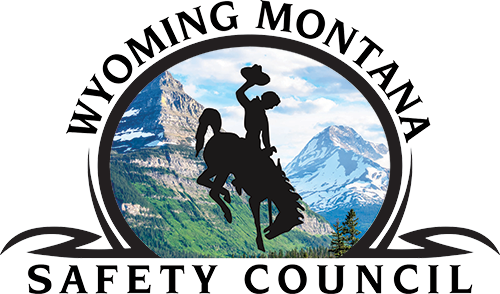DDC 8/6
The goal of the National Safety Council’s Defensive Driving Course is to provide drivers with knowledge and safe driving techniques to prevent collisions and violations. This course focuses on collision prevention through hazard recognition and the application of collision-avoidance techniques. In addition, the course addresses common driving violations that result in collisions and how to change driving habits to eliminate moving violations.
Collisions and violations are serious subjects. People are injured or die in collisions. The problems appear to be that most people do not view driving as a difficult task or they are unaware of the hazards involved. Some people attempt to multitask while driving, including using cellular communication devices, eating, drinking, grooming, or even reading the paper.
Why do drivers seem to be unaware of the responsibilities and attention required to drive safely?
- They may be overconfident of their driving skills and abilities.
- They may not recognize hazards.
- They may not accept responsibility for driving safely. (“It’s the other person’s fault”)
- They may not have or be aware of the skills required to avoid collisions.
- They may not think they will be involved in a collision or that they will get caught.
- They may not think risky driving behaviors such as speeding, tailgating, running a red light, or rolling through a stop sign are important. (“Everyone else does it.”)
Throughout the 8- or 6- hour course, participants learn how to recognize both potential and immediate hazards, how to avoid collisions in a variety of driving conditions and situations, and how to choose safe and legal driving behaviors. The emphasis is on identifying and choosing safe and legal behind-the wheel behaviors and actions.
The course addresses these defensive driving topics:
- Personal responsibility and driving
- Preventable collisions
- “What If?” strategy
- The driving environment
- Driver conditions-physical and emotional/mental
- Vehicle condition and routine maintenance
- Occupant protection systems
- Light conditions
- Weather conditions
- Road conditions
- Traffic mix
- Impaired driving
- Alcohol
- Other drugs, including prescription and over the counter drugs
- Distracted driving
- Fatigued driving
- Aggressive driving
- The six most unsafe driving behaviors
- Techniques for avoiding collisions
- Hazard recognition
Defensive Driving Course Quality Statement
The national Safety Council is committed to providing effective, relevant, up-to-date driver improvement programs that assist today’s motorist in driving safely, courteously, and defensively. The goal of the program is to prevent traffic collisions and violations and reduce fatalities, injuries, and costs to society.

